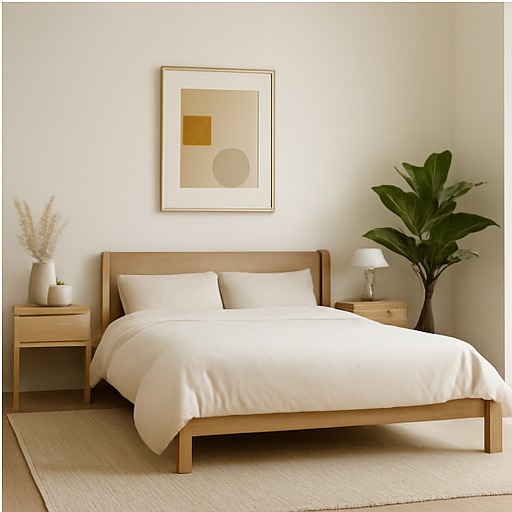Living in a small apartment doesn’t mean sacrificing comfort or style. The key is to make every piece of furniture work harder, fitting the space without overwhelming it. Thoughtful choices can turn a compact home into an inviting, functional retreat. The challenge is balance: finding furniture that provides storage, comfort, and visual lightness all at once.
Decorating smaller spaces requires a shift in mindset. Instead of asking, “What do I like?” the question becomes, “What purpose will this serve?” Multipurpose furniture, clever layouts, and a sense of proportion define the success of a small apartment. This article breaks down strategies into practical steps so you can design a home that feels spacious, not cramped.
We’ll explore how to measure accurately, why scale matters, which multipurpose pieces pay off, and how light and color influence perception. By the end, you’ll have a framework for choosing furniture that adds value without adding clutter.
Here are eight guiding principles for choosing furniture in a small apartment.
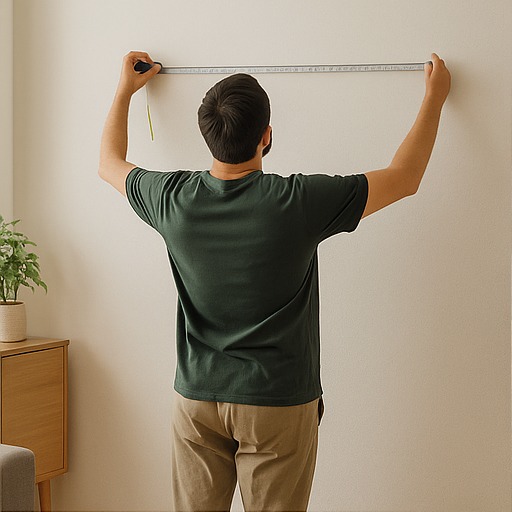
1. Measure first, shop later
The tape measure is your best ally in a small home. Before browsing catalogs or visiting showrooms, measure every wall, doorway, and corner. Note the location of outlets, windows, and radiators - they often dictate where furniture can realistically go.
Sketch a rough floor plan, even if it’s just on paper. This exercise clarifies how much space you truly have and prevents costly mistakes like buying a sofa that won’t fit through the front door.
Accurate measurements save frustration and allow you to filter options quickly, focusing only on pieces that fit both in dimension and proportion.
Remember: in a compact apartment, even a few centimeters matter. A slightly smaller sofa or table can free up circulation space and transform usability.
Always measure twice before committing - your future self will thank you.
2. Prioritize scale and proportion
Large, bulky furniture overwhelms small spaces, while undersized pieces make a room feel unfinished. The secret lies in proportion. Choose furniture that feels balanced against the size of the room.
Low-profile sofas, slim-legged chairs, and compact tables create visual openness. Glass or acrylic pieces enhance the illusion of space because they don’t block sightlines.
Think vertical as well as horizontal. Tall bookshelves or wardrobes use height efficiently while keeping floors clear.
Proportion also applies to grouping. Instead of one oversized sectional, try a smaller sofa with a couple of armchairs. It allows flexibility in arrangement without dominating the floor.
Balance ensures that the room feels intentional, not crowded or sparse.
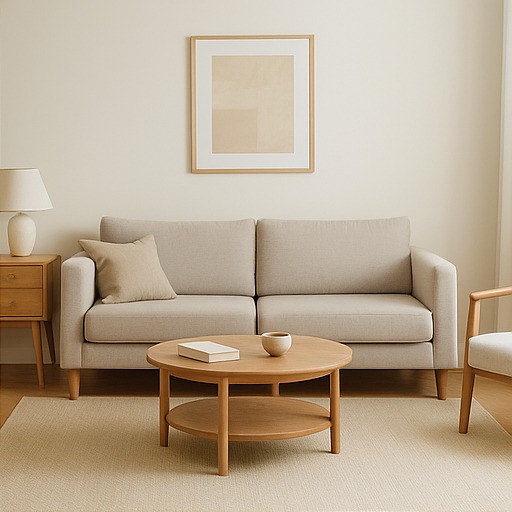
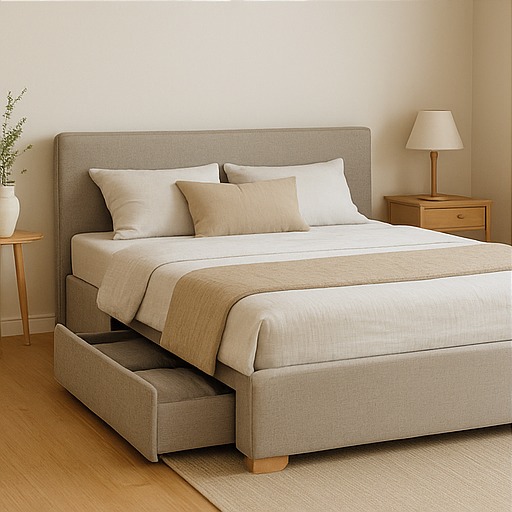
3. Invest in multipurpose pieces
When space is limited, furniture must earn its place. Opt for items that serve more than one function: sofa beds, storage ottomans, nesting tables, or extendable dining tables.
A bed with drawers beneath or a coffee table with hidden storage doubles functionality without increasing footprint.
Wall-mounted desks that fold away, or benches that act as both seating and storage, give flexibility for work-from-home setups or hosting guests.
These solutions reduce clutter and adapt to changing needs, maximizing every square meter.
Think of them as investments in freedom - each multifunctional piece creates breathing room.
4. Choose light colors and reflective surfaces
Color has a powerful effect on perception. Light shades make spaces feel open, while dark furniture absorbs light and can make a room feel heavy.
Neutral palettes - whites, beiges, light grays - form a flexible base. Mirrors, glass tables, and glossy finishes bounce light, visually expanding the room.
You don’t have to abandon color entirely. Accent chairs, cushions, or rugs can inject personality without shrinking the space.
Pay attention to finishes too. Matte absorbs light; semi-gloss reflects it. Choosing wisely alters how large or small your apartment feels.
Keep continuity between walls and furniture - it blurs boundaries and enlarges perception.

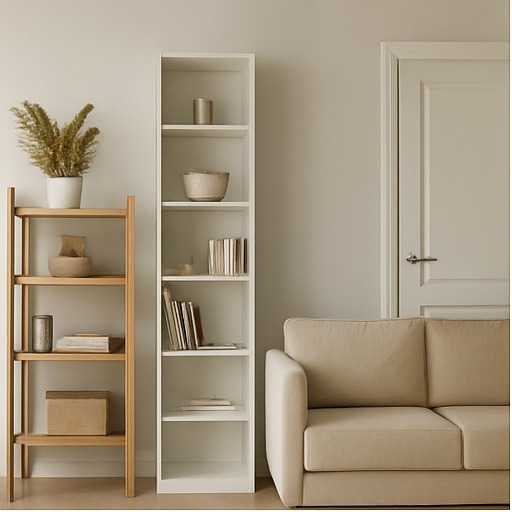
5. Think vertical storage solutions
Floor space is precious, so look up. Tall bookshelves, wall-mounted cabinets, and hanging racks keep essentials organized without consuming valuable square meters.
Floating shelves serve both functional and decorative purposes, freeing up tables and counters.
Hooks, pegboards, and rails in kitchens and entryways maximize utility in narrow spaces.
Using height effectively creates breathing space on the floor, making the apartment easier to navigate and maintain.
Vertical solutions also draw the eye upward, giving the impression of taller ceilings.
6. Opt for flexible layouts
Small apartments benefit from furniture that can move or adapt. Lightweight chairs, stools, and foldable tables make it easy to reconfigure space for different needs.
Consider modular seating that can be rearranged for lounging, working, or hosting guests.
Furniture on casters adds mobility, making cleaning and rearranging effortless.
A flexible layout prevents stagnation - your apartment adapts with you, rather than locking you into one arrangement.
This adaptability makes small living feel dynamic rather than restrictive.
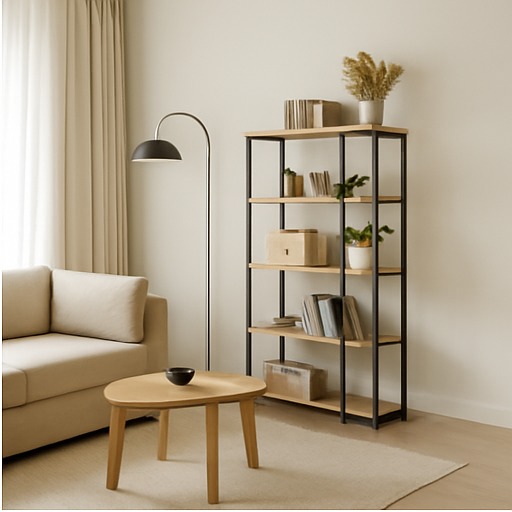
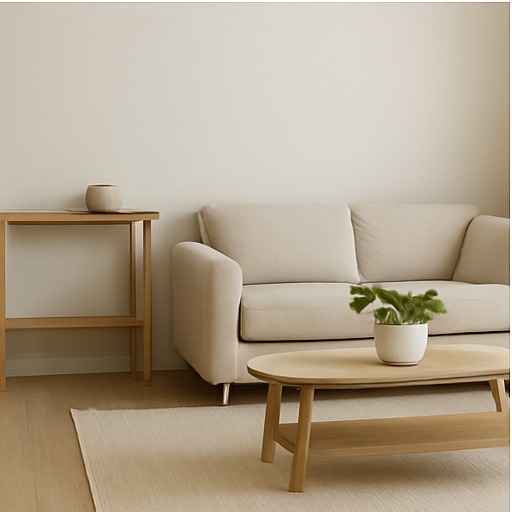
7. Keep it clutter-free
Even the most carefully chosen furniture can’t overcome clutter. In small apartments, excess quickly overwhelms.
Choose fewer, better pieces, and allow them space to breathe. Storage furniture helps, but discipline in editing belongings matters just as much.
Regularly assess what you use and love versus what takes up space unnecessarily.
Minimalism isn’t about coldness; it’s about clarity. An uncluttered apartment feels larger and calmer, giving your furniture room to shine.
Decluttering becomes the invisible ally of good furniture choices.
8. Add personality with accents
Small doesn’t mean bland. Use art, textiles, and carefully chosen decor to express personality without crowding the space.
A vibrant rug or bold artwork can define a zone without adding bulk.
Plants bring life and soften sharp lines, adding warmth and freshness.
Accents work best when they are intentional. A few meaningful items create identity without creating clutter.
With the right accents, even the smallest apartment feels uniquely yours.
